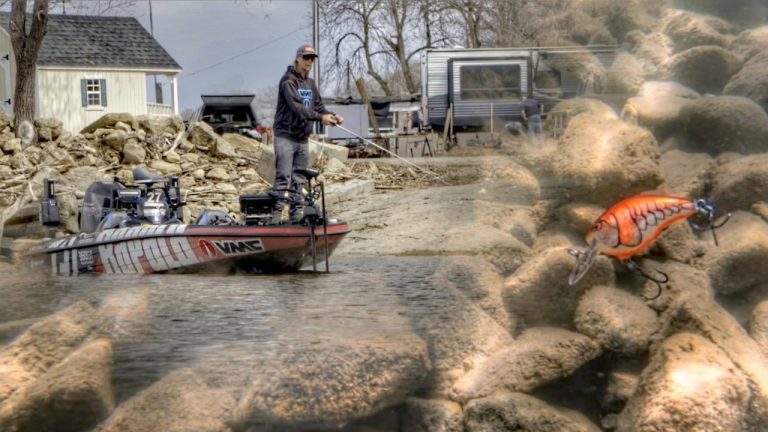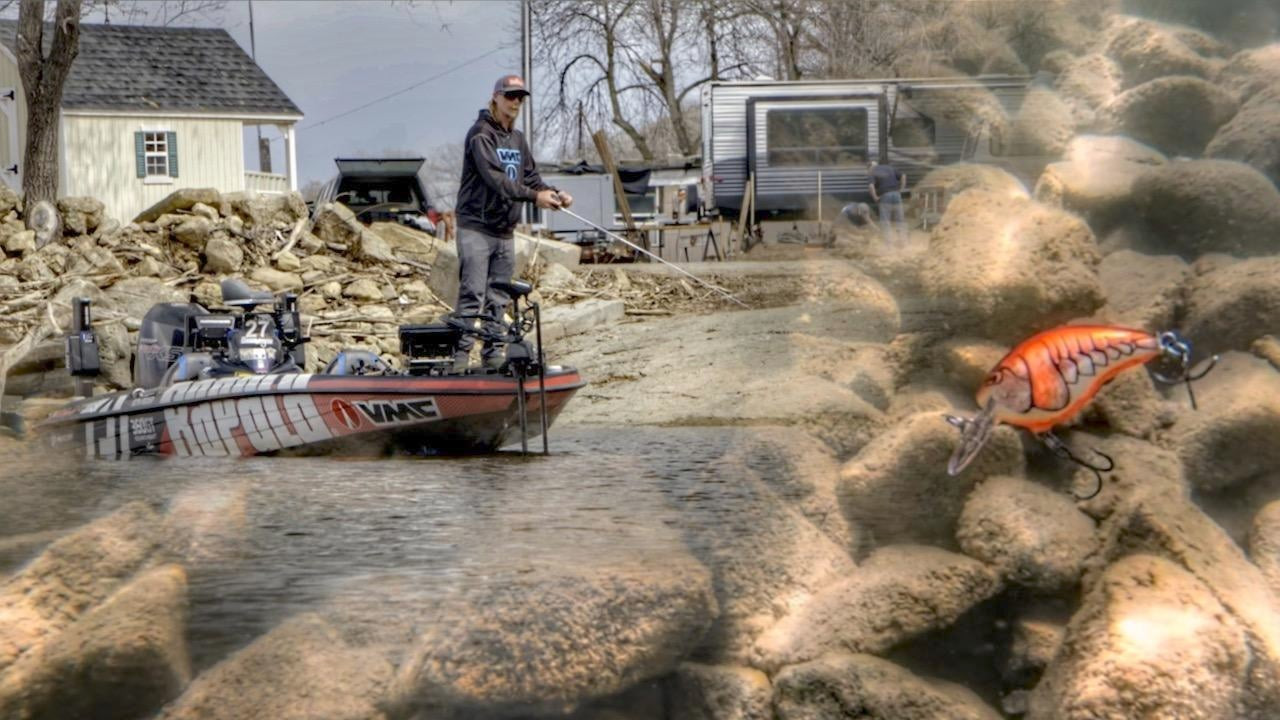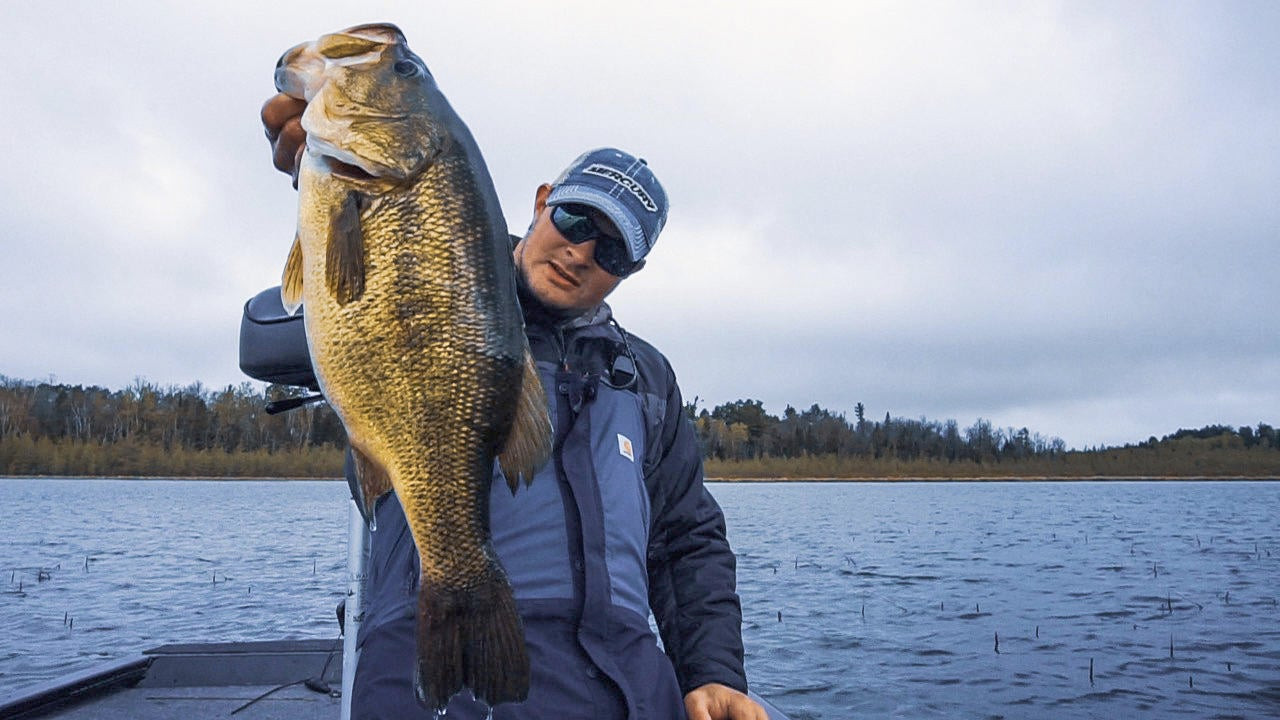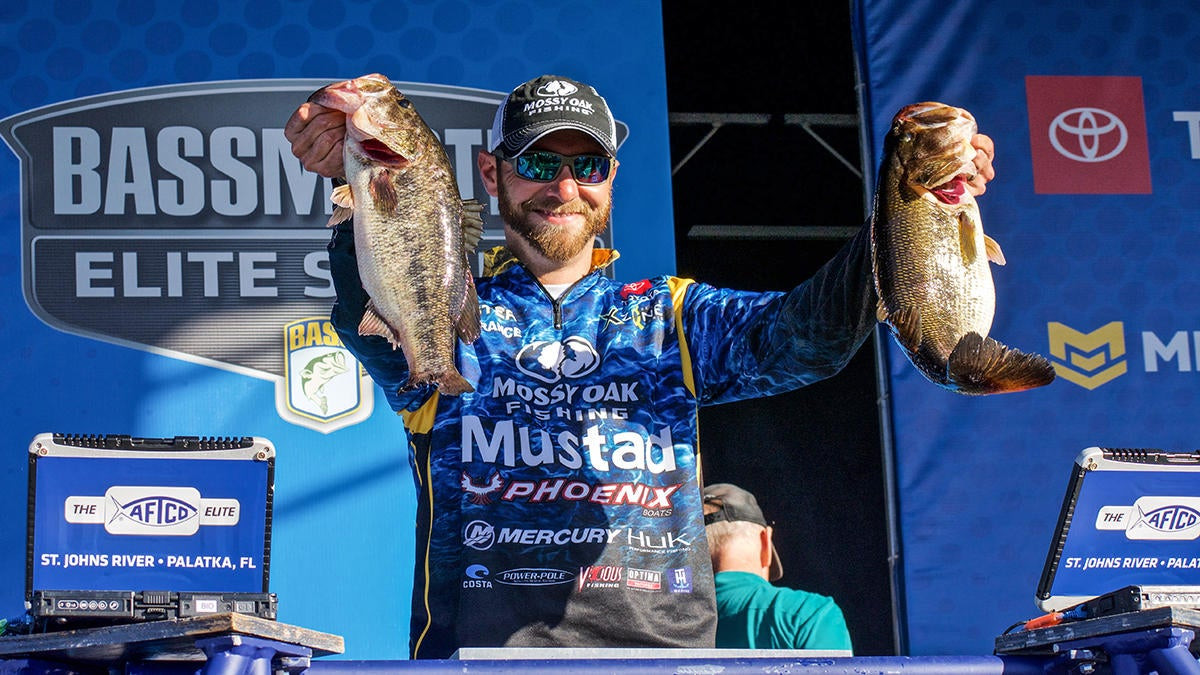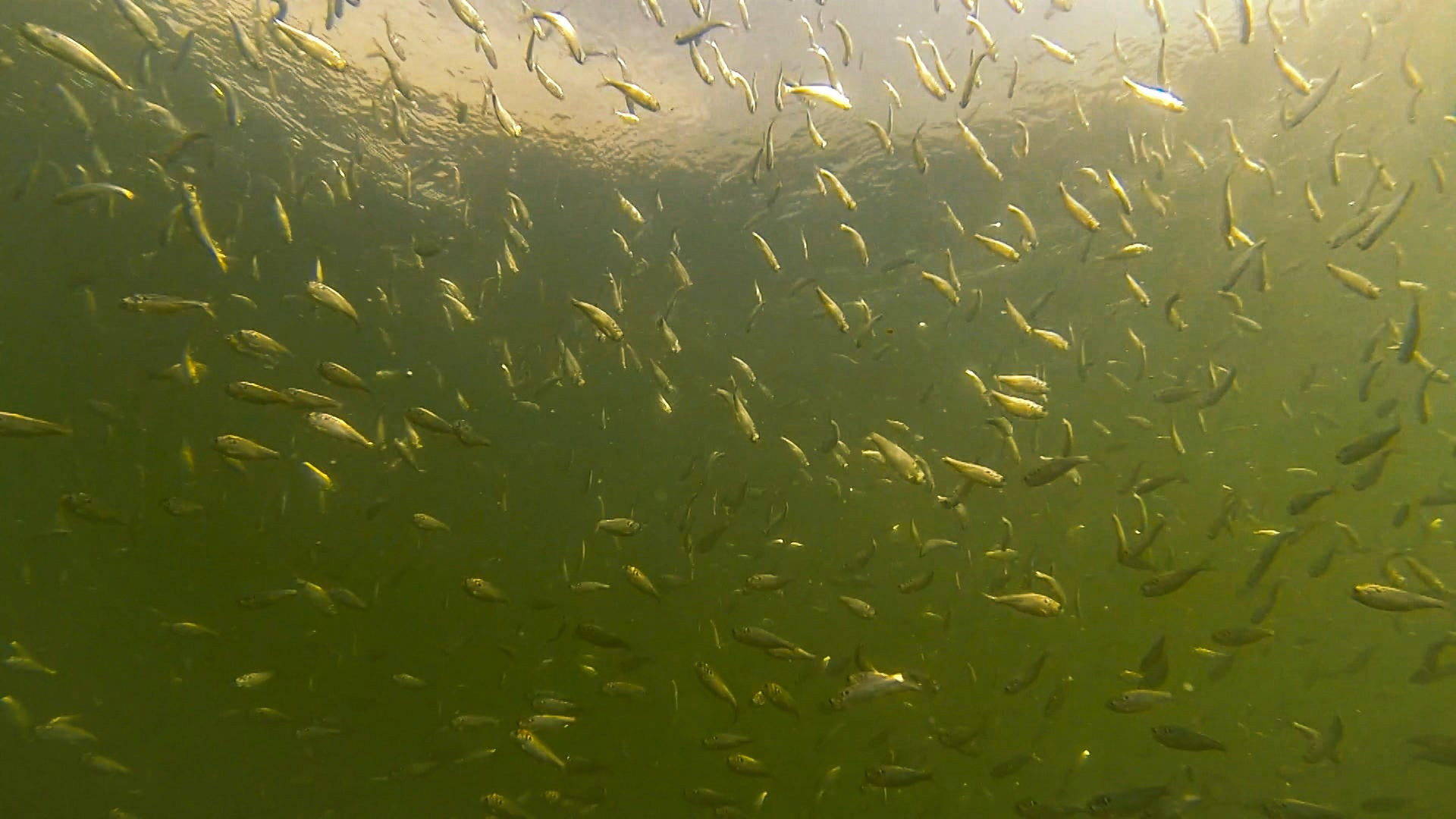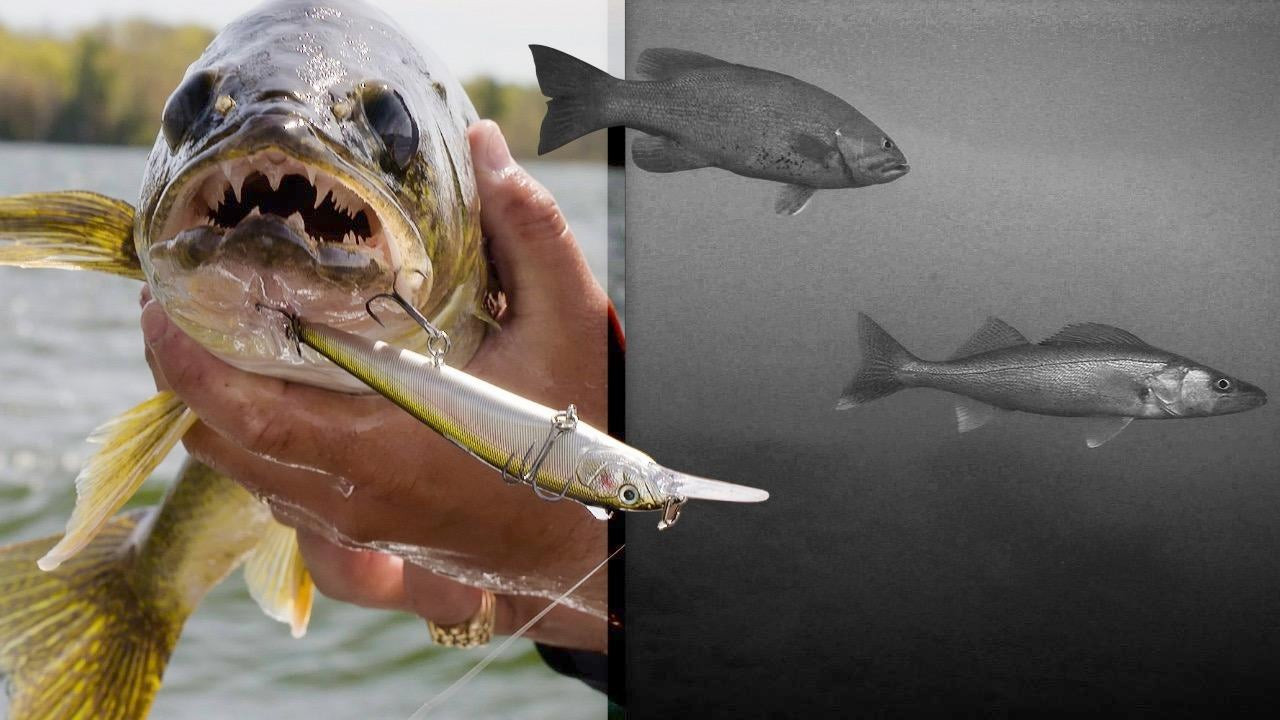Riprap, chunk rock and regular bank rock holds bass all year but shines in the spring as a source for warmer, more consistent water temperature along with an abundance of crawfish. We caught up with Seth Feider for a lesson in cranking riprap on the Upper Mississippi River. Seth shares several tips ranging from why a Rapala DT-4 crankbait often gets the nod over the DT-6 to how to trigger more bass on the retrieve.
FISHING TACKLE USED:
- Rapala DT-4 Crankbait, color – Mule
- Rapala DT-6 Crankbait
- Daiwa Tatula Elite Casting Rod, 6’9″ ML
- Daiwa Tatula SV TW Casting Reel, 7.1:1
- Sufix Advance Fluorocarbon, 10lb
Here’s a breakout of Feider’s top prespawn and spring riprap tips:
- Target riprap. Riprap warms quickly and retains heat better than a lot of materials — this provides bass more consistent water temperatures and also draws crawfish out in droves. And unlike a shallow flat, riprap banks usually offers easy access to different depths so the bass can reposition based on feeding mood and weather.
- Understand how the riprap lays out in the water. Feider feels a lot of anglers think the underwater portion of riprap continues at the same steepness as the above-water section — this is not the case most of the time, with riprap usually flattening out when it hits the water. How the riprap lays out underwater influences crankbait selection.
- Don’t “over crank” the riprap. There’s a tendency to “over crank” which means choosing a crankbait that dives deeper (often significantly) than the bottom. Feider views this as a mistake, as crankbaits that hit bottom with ease also regain orientation and bottom contact too quickly after deflecting off cover. This reduces the fish-triggering hunting and wondering action inherent to crankbaits (especially balsa) after contacting structure and cover. Instead, choose a crankbait with a diving depth that more closely matches the actual depth you’re fishing. You’ll get better action out of the bait.
- Frequently vary your crankbait retrieve speed. A straight retrieve is a bigtime mistake that’ll cost you fish. Feider is always rooting and worming that crankbait over the bottom by pumping the rod, changing rod angles and varying retrieve speed. The bottom line, changes to a crankbait’s cadence triggers bites better than straight reeling.



